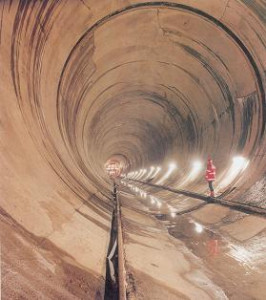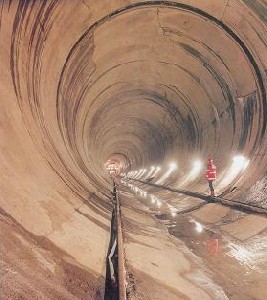In order to seal the sidewalls of a tunnel under construction, a mix of acrylamide and sodium silicate (ROCHA GIL) was employed. Injection tests were conducted in March 1997 without informing local authorities, the municipality or the region. On 24th June, this sealant was used on a wide scale over 200 metres of tunnel length.
Subsequent to complaints from the project crew, the operator carried out analyses of the water flowing out of the tunnel: both acrylamide and N-methylacrylamide were detected, which prompted a site shutdown by the National Chemical Products Inspection Agency. In September, a number of dead fish and 3 paralysed cows were discovered. The quantity and pressure of runoff water was such that the acrylamide not yet solidified from the product (assumed to form a gel) had directly diluted in the water streaming into the environment.
The results of new analyses revealed high acrylamide and N-methylacrylamide contents in water drained around the town of Vadbäcken, which then set up a risk zone inside which well water was no longer potable, while an order was issued to limit consumption of local fruits and vegetables and move animals away from the zone. The lack of information circulated by the media contributed to stirring panic among residents. In applying the precautionary principle, the administration ordered the slaughter of 370 animals (cows, bulls, deer, sheep, horses), along with the destruction of local milk (330 tonnes) and vegetables. In all, 196 residents from 75 different families were medically examined, with no health risk being concluded.
20 of the 223 tunnel project crew members examined as of the works stoppage were diagnosed with peripheral nervous system disorders. Tunnel construction was definitively suspended; it would resume in 2005 for a scheduled completion date around 2015.
Download the detailed report in .pdf format (170 Kb)





